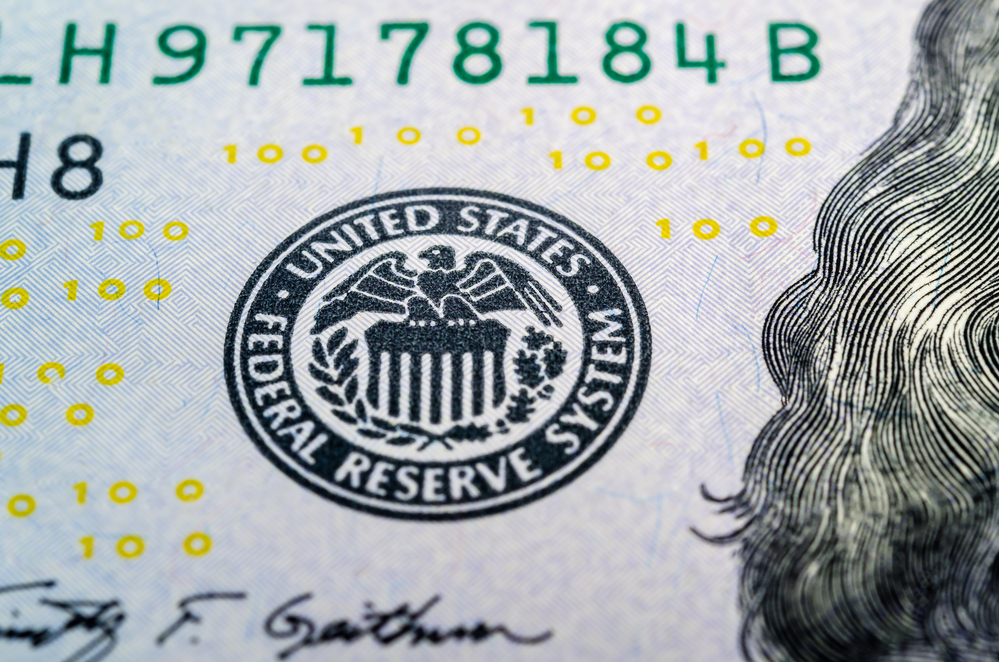
Monetary Policy & Inflation | US

Monetary Policy & Inflation | US
This article is only available to Macro Hive subscribers. Sign-up to receive world-class macro analysis with a daily curated newsletter, podcast, original content from award-winning researchers, cross market strategy, equity insights, trade ideas, crypto flow frameworks, academic paper summaries, explanation and analysis of market-moving events, community investor chat room, and more.
As discussed in recent research, inflation and growth have slowed. I expect the growth soft patch to self-correct as it reflects mainly the normalization of personal income tax payments that should run its course by Q3. Also, the consumption growth slowdown is limited, and corporate investment is booming (Charts 8 and 11).
I was more surprised by the resumption of disinflation, which seems to reflect a small cycle in consumer energy prices (Chart 3). June core PCE is likely to be 2.6% YoY, the same as May and in line with the SEP’s 2.8% Q4/Q4. Considering Viresh’s view that crude prices could be rangebound until end-year, I see limited further downside to core PCE.
Also, while shelter disinflation finally resumed in June, the fundamentals of the housing market remain strong. Market rents inflation has rebounded, and vacancies remain below pre-pandemic levels (Chart 4).
In a recent testimony and Q&A, Fed Chair Jerome Powell acknowledged these changes. In a 15 July Q&A he stated the last three inflation prints ‘did add to Fed confidence.’ He also stated he would not indicate timing for the start of easing. As always, decisions will be made ‘meeting by meeting, based on the totality of the data and its implications for the outlook and the balance of risks.’
On the other hand, Powell expounded the Fed’s reaction function. He stated the risks of the inflation and employment legs of the mandate were now balanced so that, if the labour market showed unexpected weakness, the Fed would react quickly (Charts 5 and 9).
By ‘unexpected’, I think Powell means weaknesses above and beyond labour market rebalancing. For instance, NFP falling below pre-pandemic averages of about 170,000, unemployment rising above 4.5%, or a sharp increase in unemployment relative to vacancies.
Also, Powell made clear he maintained a positive economic outlook, ‘Recent indicators suggest that the U.S. economy continues to expand at a solid pace.’ He still expects a soft landing, largely because labour market overheating reflected the pandemic rather than excess demand.
Long term, Powell did not expect the policy rate to go back to the pre-pandemic lows.
I think these data suggest a 2024 insurance cut meant to limit downside risks to growth and provide relief to lower income families (a concern of many participants to the June FOMC). In the June SEP, no participant saw growth risks tilted to the upside, and three saw them to the downside.
By contrast, only one June FOMC participant saw risks tilted to the downside for core PCE, and 11 tilted to the upside. It therefore seems reasonable to assume the May and June inflation prints surprised FOMC participants.
Also, the fundamentals have not changed so much that inflation is clearly decreasing. The regional Feds have recently published a string of research notes highlighting upside inflation risks. Upside risks to shelter inflation remain substantial – the labour market, as Powell stated, remains strong, and the capex boom suggests business are still in expansion mode. Furthermore, Powell sees the policy stance as restrictive but not ‘severely’ so.
I expect the cut to happen at the 7 November or 18 December FOMC, rather than at the September FOMC, provided the labour market shows no unexpected weakening. Since the economy strong, cutting in November or December would make little difference to the economic outlook.
On the other hand, cutting after the election would give the Fed more visibility on the economic program and associated inflation risks of the incoming administration. Also, during last week’s testimony Powell was warned cutting before the election could cost him Republican support for Fed independence. Fed independence could be at risk from a Donald Trump administration, especially as Republicans appear likely to win the White House and both Houses of Congress. I think the political benefits of waiting exceed the economic costs.
I expect one cut at the November or December FOMC against the market pricing 2.7 cuts by December. We like to trade this view as a tactical short in the Jan Fed Funds.
.
.
Spring sale - Prime Membership only £3 for 3 months! Get trade ideas and macro insights now
Your subscription has been successfully canceled.
Discount Applied - Your subscription has now updated with Coupon and from next payment Discount will be applied.